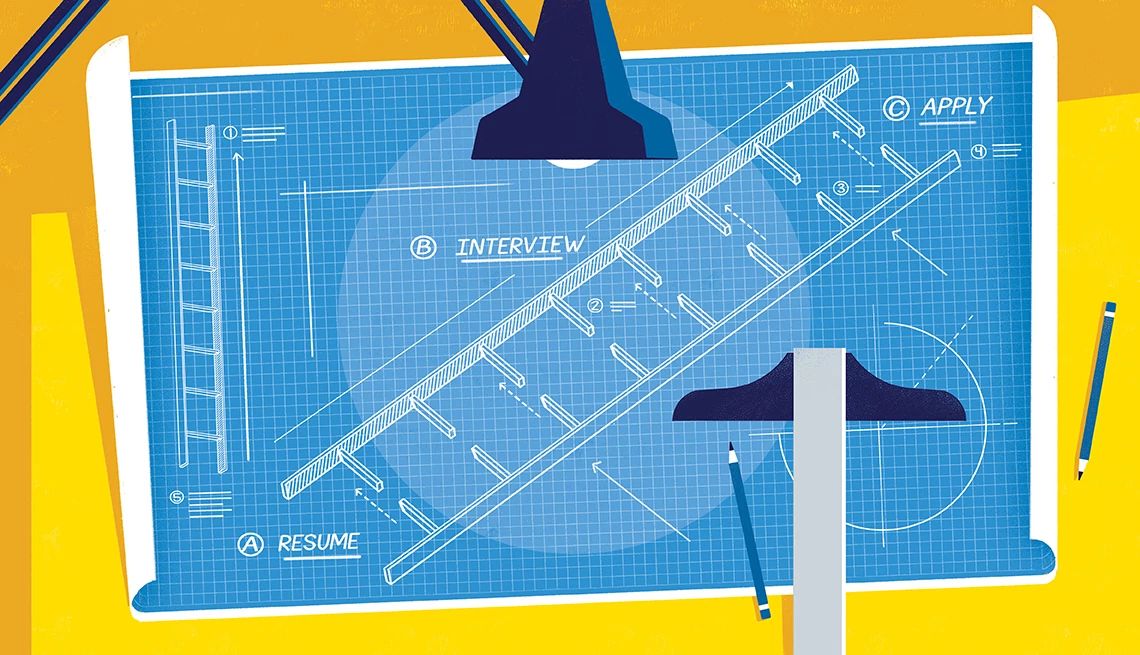AARP Hearing Center
Are You Thinking About Running A Marathon? Do It!
By Barbara Hannah Grufferman, November 7, 2013 12:41 PM

In 2011, the year I was turning 55, I decided to do something that would be meaningful to me, and hoped would be inspirational to others. I ran in the New York City Marathon.
>> Sign up for the AARP Health Newsletter
Apparently, the urge to tackle 26.2 grueling miles is becoming increasingly common for a lot of us who are over 50. According to a Wall Street Journal article:
As the total number of runners finishing marathons in the U.S. doubled to 518,000 in the 20 years ended in 2011, the number of finishers age 50 and older nearly tripled to 92,200, or about 18% of the total, according to Running USA, an industry-funded research group. At the ING New York Marathon, more than 1 out of every 5 finishers at last year's (2011) race, or 9,710 athletes, ran in 50-and-older age groups."
I was one of those finishers in 2011, and was thrilled when I crossed the finish line, about 5 hours and 20 minutes after starting. That's a snail's pace compared many runners, who post times of 3 to 4 hours. But it was well over an hour faster than when I ran it the first time at the age of 47. And unlike that time, when I could barely move for days afterward, in 2011, one month short of my 55th birthday, I felt fantastic and strong enough to walk the mile home with my family and friends to enjoy a dinner of Chinese take-out and champagne.
Why was the experience in 2003 so different than 2011, when I was eight years older? Simple: when I turned 50 and confronted the reality that I was gaining weight, losing steam, and ready to give in to middle age, I read about Jeff Galloway and his walk-run program which helps people of all ages to add running with walk breaks to their fitness program. I interviewed Jeff for my book, The Best of Everything After 50, and started his plan, which I've been doing ever since.
Jeff encouraged me to try running in the Marathon again, using his training system, and after six months of preparation, on a gorgeous fall day in November 2011, I ran-walked my way at a ratio of 60 seconds to 30 seconds, and at a 12-minute-per-mile pace. It was hard, and there were moments I could not believe I could go on, but t the cheering crowds and the knowledge that I WAS going to finish kept me going.
Not everyone wants to--or should--run in a marathon, but this experience taught me a life-changing lesson that has become my mantra: We can't control getting older but we can control how we do it.
>> Get entertainment and dining discounts with your AARP Member Advantages.
Do you think you might want to add "running in a marathon" to your "to do" list? Here are 5 ways to know if you are ready:
- You like to run. There's no getting around it: if you're going to run a marathon, you have to like running. One of the main reasons my first experience was so unpleasant is that I had only "played around" with running. I wasn't doing it consistently enough to become good at it. Why? I didn't like it. It was only after I discovered Galloway's program that I truly came to appreciate running. So training for a marathon became a joy, not a chore.
- You've been running for at least a year. My first marathon experience was relatively unrewarding, even though I finished, because I wasn't a consistent runner. I was a dabbler. After I turned 50 and embarked on an entire wellness and healthy aging plan which included running, I was prepared to tackle a marathon.
- You are willing to put time into training for at least six months. Check out Jeff Galloway's book, "Marathon: You Can Do It!" to find a training plan that fits your lifestyle and fitness level. You have to be disciplined enough to stick with it, or you might risk injuring yourself if you attempt to run 26.2 miles with being properly prepared (that was my biggest mistake when I ran the first time).
- You can leave your ego at the door. There's enough evidence to back up Jeff's claim that running with walk breaks keeps people running without injury for as long as they want. Don't view this plan as an "introduction to running" thinking you can drop the walk breaks in time. Walk breaks are for life.
- You want to show the world--and yourself--that age is just a number!
If you want some tips on how to start running using the walk/run system (even if you've been running for years), check out this short video:
Until next time, remember this: We can't control getting older . . . but . . . we can control how we do it!
Subscribe to The Best of Everything After 50 Web series on the AARP YouTube Channel! For more tips on living your best life after 50 (or 60, or 70...) check out bestofeverythingafter50.com. Find Barbara on Facebook or on Twitter at @BGrufferman."
Photo: Barbara Hannah Grufferman's personal photos
Also of Interest
- Oldest Woman in NYC Marathon Falls, Finishes, Goes on TV, Dies
- Slideshow: Famous Child Stars - Where Are They Now?
- Questions about the Affordable Care Act? Get your answers here
- Join AARP: Savings, resources and news for your well-being
See the AARP home page for deals, savings tips, trivia and more































































